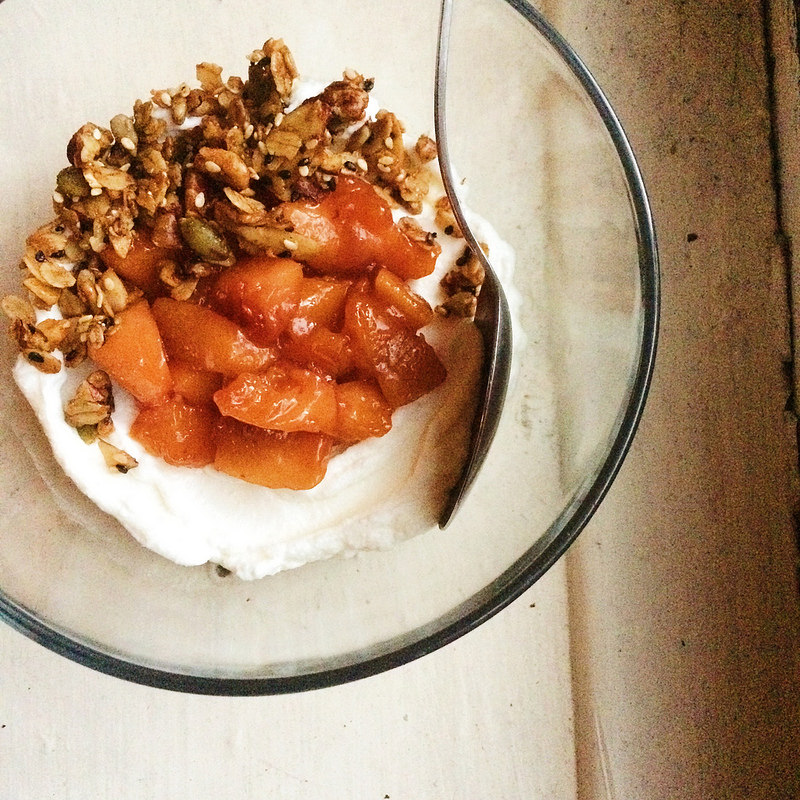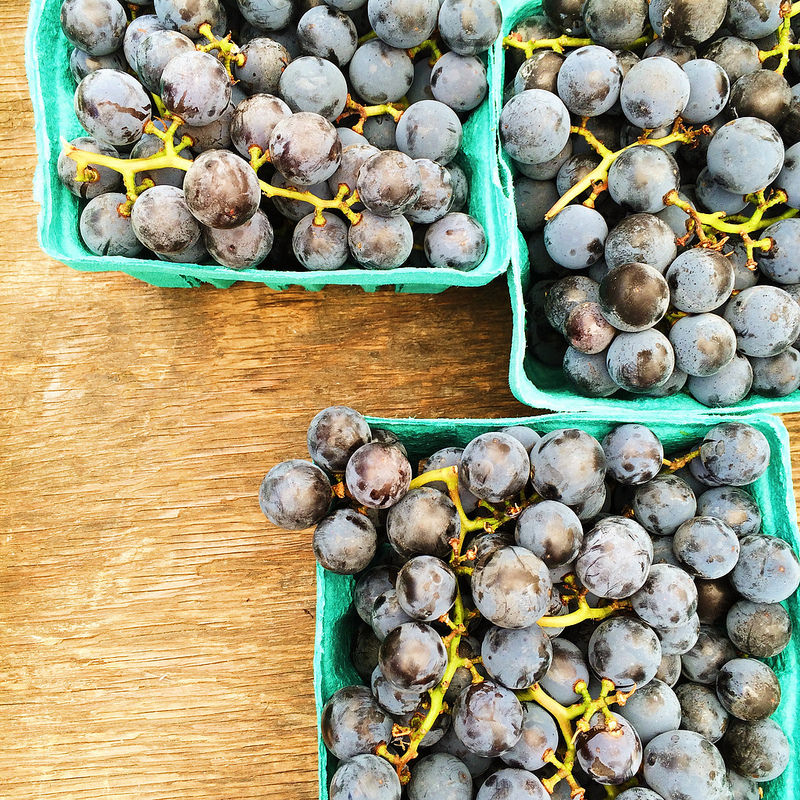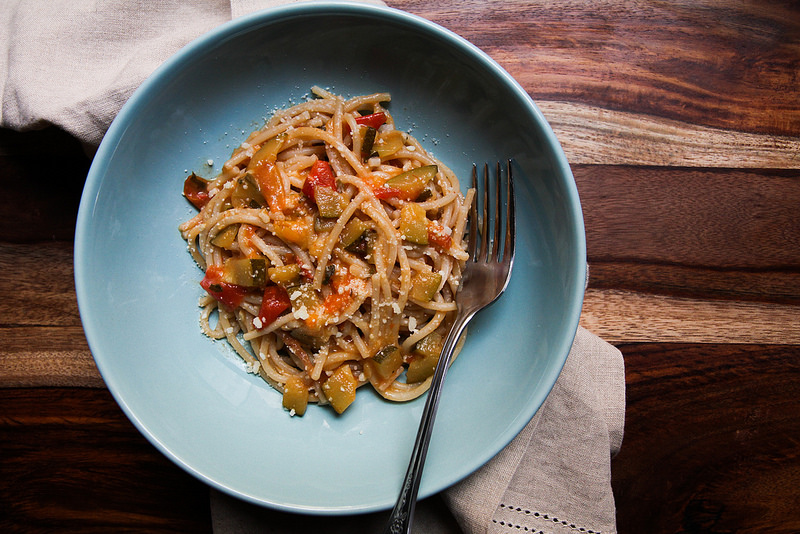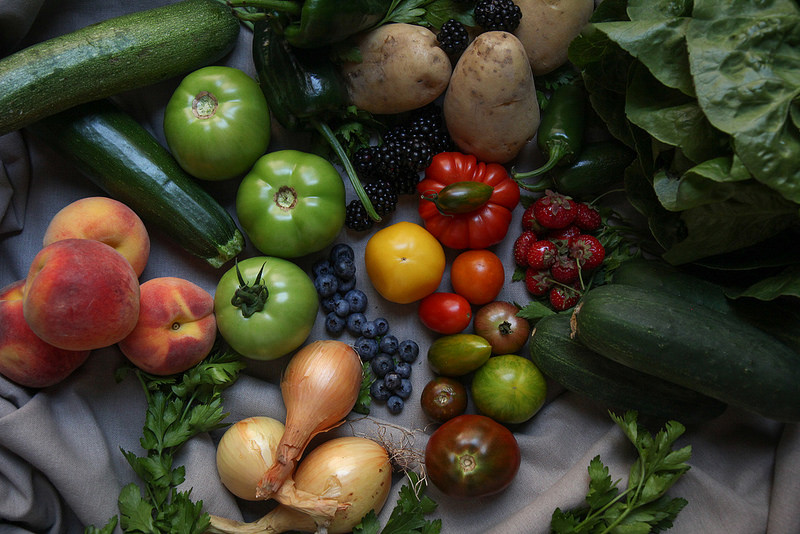What I Really Eat: End of Summer Peach Compote
/"What I really eat" are my Iron Chef meals. My pantry meals. Shit, my fridge is empty meals. The things that come out of necessity and lack of time. The ingredient list will usually be small and the execution usually simple. Something that is less of a recipe and more of a guideline. If something exceptionally awesome comes out of my Sunday night scramble, it will get posted as a “What I Really Eat” and probably be accompanied with a not-my-best photo.
It happens to the best of us. You get cocky. You take it for granted and you don’t realize that the last peach you ate, that last really great peach, was going to be the last great one of the season. If you had known, you probably would have savored it just a little bit more, made it last just a little bit longer. But alas, that is life.
I get it. You’re at the farmers’ market and you’re like: psh...it’s almost October? Whatever! Look at all these bins of peaches, they have to be good, right? WRONG. It’s now the time to play end of summer peach roulette. Could get a great one! Could get six really terrible ones.
As I bit into a farmers’ market peach the other night (one of half a dozen I had brazenly brought home), I came to the stark realization that summer might really be over, and therefore eating really great peaches along with it. My peach was mealy and chalky and tasteless. I swear I almost cried. Boyfriend looked over at me and said, “what’s wrong?”, as my shoulders fell and I probably looked like someone had just kicked the cat, and then I spit my bite of peach into the garbage with defeat.
There I was though, half a dozen deep in shitty end of summer peaches that nevertheless pained me to leave to the fruit flies. So I fell back on a mantra that has gotten me through many a questionable situation: When in doubt, make compote.
Would cooking these mealy, lackluster things with a little bit of sugar and some lemon juice and maybe a cinnamon stick save them?
The answer was yes.
End of Summer Peach Compote
Ingredients:
5 to 6 peaches, pitted, peeled and roughly chopped
¼ cup raw sugar or other sweetener (or to taste)
juice of half a lemon
one whole cinnamon stick (optional)
Directions:
In a small saucepan over medium heat, bring all ingredients to a light boil, stirring as needed. Lower heat to a simmer and let compote cook down, stirring occasionally for about 30 minutes or until fruit has cooked to desired consistency. Remove cinnamon stick to serve.
Compote freezes well, if you, like me, have an obsession with saving some summer for later. I plan to swirl it into yogurt with homemade granola (via dash and bella) for the rest of the week. It would be at home on toast or ice cream or waffles or pancakes as well. Just sayin.
Makes about 1 ½ cups of peach compote.



















































